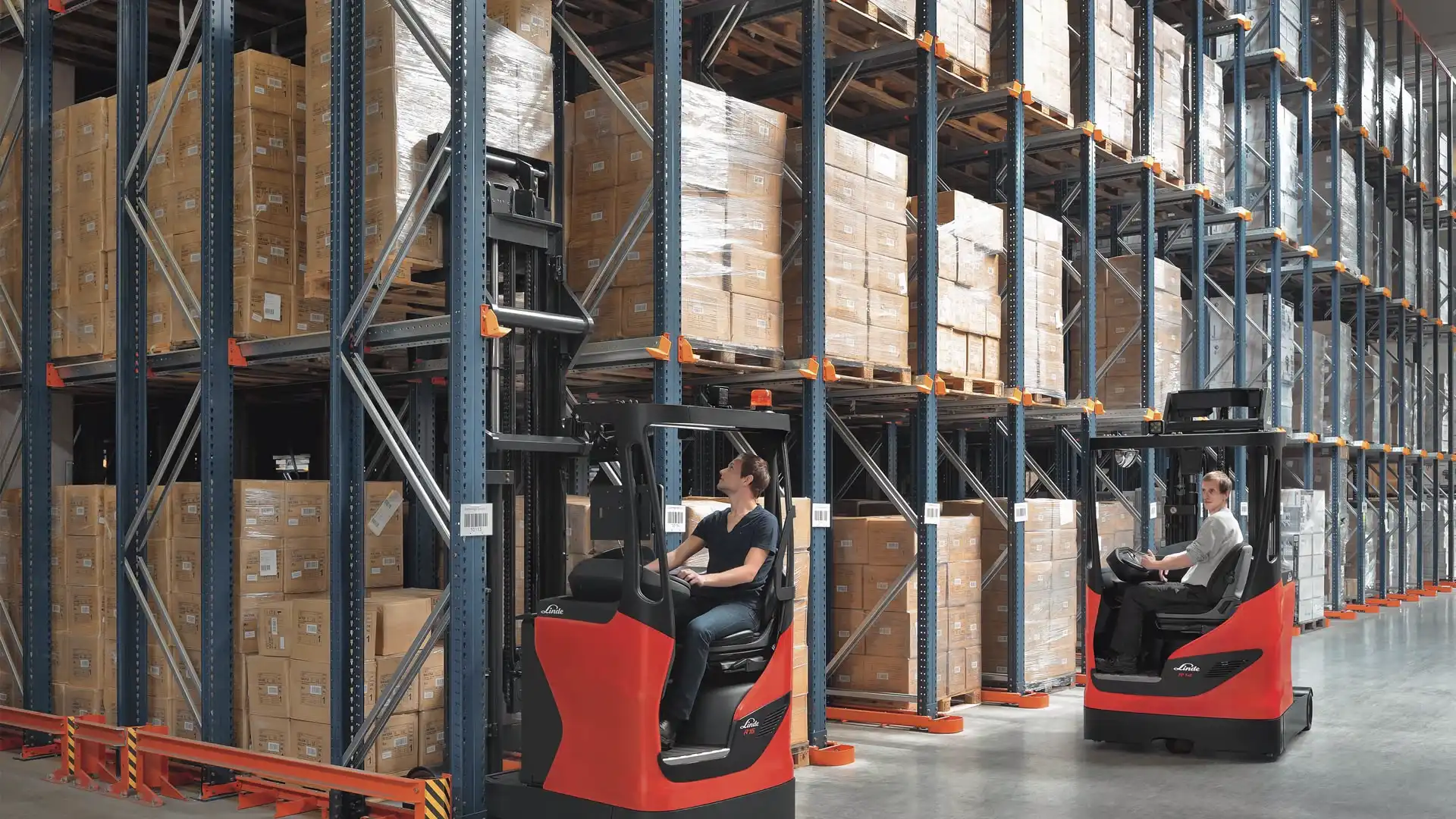




Subject:
Lift Truck Handling: Common Mistakes and How to Avoid Them (Nov 20, 2024)
Prayer Request:
Lift Truck Handling: Common Mistakes and How to Avoid Them
Operating a lift truck can be challenging, and even experienced operators can make mistakes that jeopardize safety and efficiency. Recognizing common errors and understanding how to prevent them can significantly enhance workplace safety and operational effectiveness.Common Mistakes in Lift Truck HandlingOverloading the Lift Truck Overloading is a frequent mistake that can lead to tipping over or damaging the lift truck. Exceeding the recommended weight capacity compromises stability and increases the risk of accidents.
 Forklift | China Manufacturer Trade Price on Materials Handling lift Truck, Stackers, Industrial vehicles, Scrubbers, Transporters brands Sale Price Buy Online | Forklift
Improper Load Balancing Incorrectly balanced loads can cause the lift truck to become unstable. It is crucial to ensure that the load is centered and evenly distributed on the forks to prevent tipping.Neglecting Pre-Operational Checks Skipping daily inspections can lead to undetected mechanical issues. Failure to check brakes, steering, and hydraulic systems can result in unexpected failures during operation.Driving at Unsafe Speeds Speeding is a common mistake that reduces reaction time and increases the risk of collisions. Operators should maintain a safe and steady speed, especially when navigating through tight spaces or around pedestrians.Improper Use of Forks Using the forks incorrectly, such as dragging them on the ground or failing to lower them when not carrying a load, can cause damage to both the lift truck and the facility.Poor Communication Lack of communication with coworkers can lead to accidents, especially in busy environments. Using signals and establishing clear communication protocols is essential for safe operation.How to Avoid These MistakesAdhere to Weight Limits Always check the lift truck’s capacity plate and ensure that the load does not exceed the recommended weight limit. Proper load assessment is key to safe operation.Ensure Proper Load Placement Take the time to position the load correctly on the forks. Ensure the load is stable and secure before moving. Using straps or binders can help in stabilizing the load.Conduct Regular Inspections Perform thorough pre-operational checks every day. Inspect brakes, steering, lights, horns, tires, and hydraulic systems to ensure they are in good working condition.Maintain Safe Speeds Operate the lift truck at a controlled and safe speed. Slow down when turning, entering intersections, or approaching pedestrians. Obey all speed limits and traffic signs within the facility.Use Forks Correctly Keep the forks raised slightly above the ground when moving, and lower them to the ground when the lift truck is parked. Avoid using the forks for any purpose other than lifting and transporting loads.Communicate Effectively Establish and follow clear communication protocols. Use horns, lights, and hand signals to alert coworkers of your presence and intentions. Ensure that everyone on the floor is aware of the lift truck’s movements.In conclusion, understanding and avoiding common mistakes in lift truck handling is essential for maintaining a safe and efficient work environment. By adhering to best practices, conducting regular inspections, and promoting effective communication, operators can prevent accidents and ensure smooth operations.
Forklift | China Manufacturer Trade Price on Materials Handling lift Truck, Stackers, Industrial vehicles, Scrubbers, Transporters brands Sale Price Buy Online | Forklift
Improper Load Balancing Incorrectly balanced loads can cause the lift truck to become unstable. It is crucial to ensure that the load is centered and evenly distributed on the forks to prevent tipping.Neglecting Pre-Operational Checks Skipping daily inspections can lead to undetected mechanical issues. Failure to check brakes, steering, and hydraulic systems can result in unexpected failures during operation.Driving at Unsafe Speeds Speeding is a common mistake that reduces reaction time and increases the risk of collisions. Operators should maintain a safe and steady speed, especially when navigating through tight spaces or around pedestrians.Improper Use of Forks Using the forks incorrectly, such as dragging them on the ground or failing to lower them when not carrying a load, can cause damage to both the lift truck and the facility.Poor Communication Lack of communication with coworkers can lead to accidents, especially in busy environments. Using signals and establishing clear communication protocols is essential for safe operation.How to Avoid These MistakesAdhere to Weight Limits Always check the lift truck’s capacity plate and ensure that the load does not exceed the recommended weight limit. Proper load assessment is key to safe operation.Ensure Proper Load Placement Take the time to position the load correctly on the forks. Ensure the load is stable and secure before moving. Using straps or binders can help in stabilizing the load.Conduct Regular Inspections Perform thorough pre-operational checks every day. Inspect brakes, steering, lights, horns, tires, and hydraulic systems to ensure they are in good working condition.Maintain Safe Speeds Operate the lift truck at a controlled and safe speed. Slow down when turning, entering intersections, or approaching pedestrians. Obey all speed limits and traffic signs within the facility.Use Forks Correctly Keep the forks raised slightly above the ground when moving, and lower them to the ground when the lift truck is parked. Avoid using the forks for any purpose other than lifting and transporting loads.Communicate Effectively Establish and follow clear communication protocols. Use horns, lights, and hand signals to alert coworkers of your presence and intentions. Ensure that everyone on the floor is aware of the lift truck’s movements.In conclusion, understanding and avoiding common mistakes in lift truck handling is essential for maintaining a safe and efficient work environment. By adhering to best practices, conducting regular inspections, and promoting effective communication, operators can prevent accidents and ensure smooth operations.
No messages have been posted.
You must first create an account to post.